-
 3M 3N11CN预过滤棉
3M 3N11CN预过滤棉 -
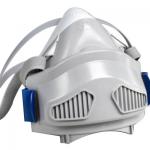 3M 7771/7772舒适型防毒面具
3M 7771/7772舒适型防毒面具 -
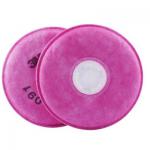 3M 2091 P100颗粒防尘过滤棉
3M 2091 P100颗粒防尘过滤棉 -
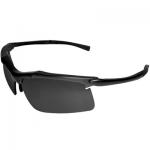 3M Peltor LE200 40175高端防雾防刮擦墨镜
3M Peltor LE200 40175高端防雾防刮擦墨镜 -
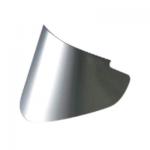 3M82585 镀铝防护面屏(透明)
3M82585 镀铝防护面屏(透明) -
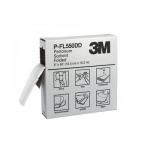 3M P-FL550D 折叠式吸油棉
3M P-FL550D 折叠式吸油棉 -
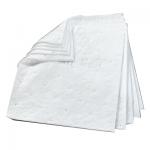 3M T-151吸油垫
3M T-151吸油垫 -
 3M T-270 栏索状大规模油泄漏应对吸油棉
3M T-270 栏索状大规模油泄漏应对吸油棉 -
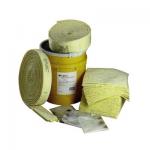 3M C-SKFL31化学品泄漏应急处理桶
3M C-SKFL31化学品泄漏应急处理桶 -
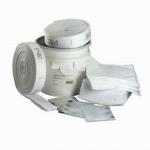 3M P-SKFL31油泄漏应急处理桶
3M P-SKFL31油泄漏应急处理桶 -
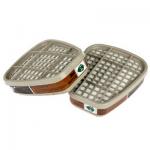 3M 6005防甲醛有机蒸气滤毒盒
3M 6005防甲醛有机蒸气滤毒盒 -
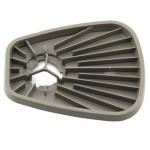 3M 603 滤棉适配器(配5N11/501滤棉盖使用)
3M 603 滤棉适配器(配5N11/501滤棉盖使用) -
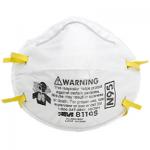 3M 8110S N95防尘防护口罩 儿童式小号
3M 8110S N95防尘防护口罩 儿童式小号 -
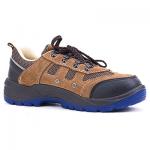 3M COM4022 舒适型安全鞋
3M COM4022 舒适型安全鞋 -
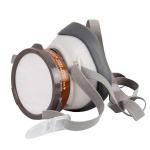 3M 1201有机蒸汽防毒面具套装
3M 1201有机蒸汽防毒面具套装 -
 3M PS100头带式焊接工防护面罩
3M PS100头带式焊接工防护面罩 -
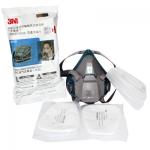 3M 650P/650PQL防毒面具套装
3M 650P/650PQL防毒面具套装
什么是埃博拉病毒病及其传染方式
What is Ebola virus disease (EVD)?
问:什么是埃博拉病毒病(EVD)?
Ebola virus disease (also known as Ebola hemorrhagic fever) is a severe, often-fatal disease caused by infection with a species of Ebola virus. EVD is a severe acute viral illness often characterized by the sudden onset of fever, intense weakness, muscle pain, headache and sore throat. This is followed by vomiting, diarrhea, rash, impaired kidney and liver function, and in some cases, both internal and external bleeding.
埃博拉病毒病(也称埃博拉出血热)是一种由埃博拉病毒引起的急性的、严重的致死率高的传染病。埃博拉出血热临床表现为突起发热、极度乏力、肌肉痛、头痛和咽喉痛,随后会出现呕吐、腹泻、皮疹、肾脏和肝脏功能受损,有些病例会同时有内出血和外出血。
Outbreaks of Ebola outbreaks have occurred sporadically in parts of Africa, South America, the Middle East and Eastern Europe. It is a severe, often fatal disease in humans with fatality rates ranging up to 90%.
埃博拉出血热在非洲部分地区、南美、中东和东欧已有零星爆发,表现为严重的、致死率可高达90%的疾病。
How is it transmitted?
问:这个疾病是如何传染的?
Ebola is spread through direct contact with blood or body fluids (such as saliva or urine) of an infected person or animal, or through contact with objects that have been contaminated with the blood or other body fluids of an infected person, dead or alive. Transmission is believed to occur via contact with mucous membranes and non-intact skin (i.e., rashes, cuts, etc.). Risk of infection by inhalation of contaminated aerosols by healthcare workers has not been documented, but thought to be low at this time based on case history evidence.
人可以通过密切接触感染者或动物的血液及体液(如唾液或尿液),或通过直接接触被患者血液或其它体液以及尸体污染的物品而感染。可以确认的传染途径是粘膜或受损皮肤(即皮疹或有伤口)的直接接触,目前尚未有记载证明医护人员有经呼吸道吸入污染的气溶胶被感染的风险,基于现有的证据,可以认为经空气传播的风险是低的。 Ebola virus is easily killed by soap, bleach, sunlight, or drying. Machine washing clothes that have been contaminated with fluids will destroy Ebola virus. Ebola virus survives only a short time on surfaces that are in the sun or have dried.1
使用肥皂、漂水、日晒或烘干都能很容易地杀灭埃博拉病毒,被体液污染衣物上的病毒经过机洗后也将被消灭,在受日照或干燥的物体表面上,病毒仅能存活很短的时间。


